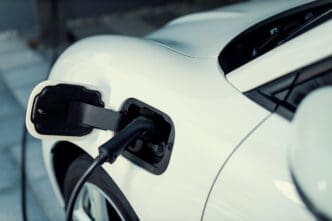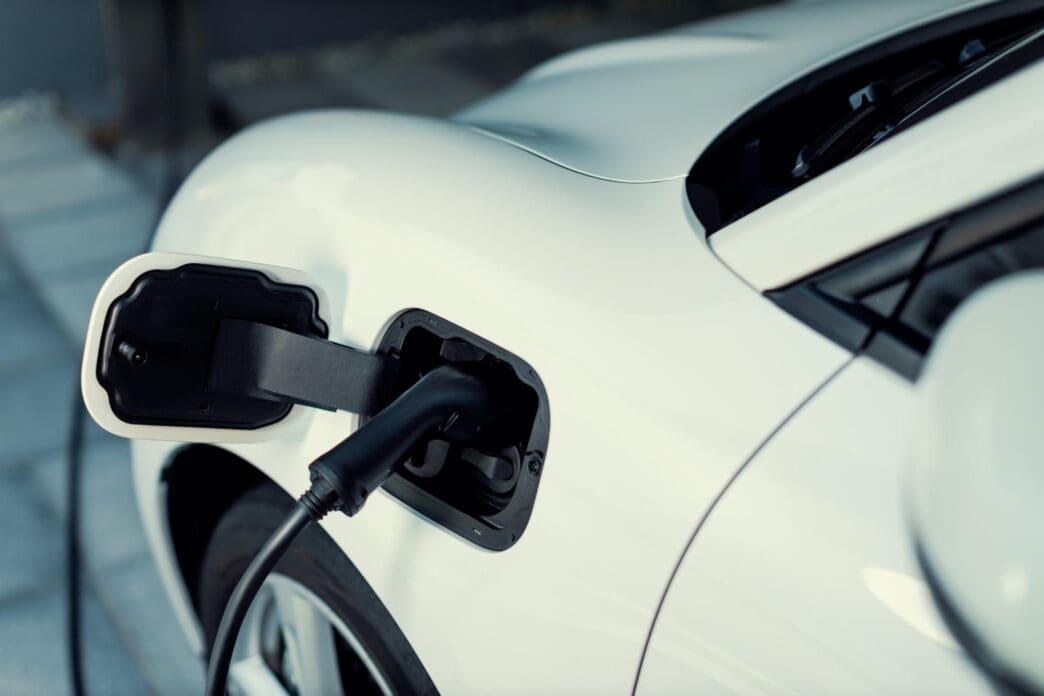Executive Summary
- China’s National Development and Reform Commission (NDRC) plans to double the nation’s electric vehicle (EV) charging capacity by the end of 2027, aiming for 28 million new facilities and over 300 million kilowatts of public capacity.
- The expansion includes installing 1.6 million new DC fast chargers in urban areas, with 100,000 being high-power models, and mandates upgrading or replacing older or less efficient charging facilities.
- This initiative addresses current challenges like uneven network distribution and insufficient residential options, aligning with Beijing’s broader strategy to boost domestic consumption and support the growing new-energy vehicle market.
The Story So Far
- China’s plan to significantly expand its electric vehicle (EV) charging capacity by 2027 is a direct response to the acknowledged shortcomings of its current infrastructure, which suffers from uneven distribution, suboptimal design, and insufficient residential charging options. This ambitious initiative also aligns with Beijing’s broader economic strategy to stimulate domestic demand and boost overall consumption, particularly within the automotive industry where EVs are a crucial growth sector.
Why This Matters
- China’s ambitious plan to double its EV charging capacity by 2027 is set to directly address critical infrastructure shortcomings, such as uneven distribution and insufficient residential options, thereby removing key barriers to wider electric vehicle adoption. This strategic investment is also designed to significantly stimulate domestic consumer spending within the automotive sector, aligning with Beijing’s broader economic goals to boost overall consumption and solidify China’s leadership in the global EV market.
Who Thinks What?
- China’s National Development and Reform Commission (NDRC) believes that a nationwide expansion of electric vehicle (EV) charging capacity is essential to address significant current challenges, including uneven network distribution, suboptimal facility design, and insufficient residential options.
- The broader Beijing government strategy views this push for expanded EV infrastructure as a crucial element in stimulating overall domestic consumption and demand, particularly within the automotive industry where new-energy vehicles are a flagship product.
China’s top economic planner, the National Development and Reform Commission (NDRC), has unveiled an ambitious plan to double the nation’s electric vehicle (EV) charging capacity by the end of 2027. This nationwide expansion aims to address the uneven distribution of current charging networks and stimulate domestic consumer spending within the automotive sector, targeting 28 million new charging facilities.
Infrastructure Expansion Details
The initiative seeks to establish over 300 million kilowatts of public charging capacity, sufficient to support more than 80 million EVs. Part of this expansion includes installing 1.6 million new direct-current (DC) fast chargers in urban areas by 2027, with 100,000 designated as high-power models. The plan also mandates upgrading or replacing facilities older than eight years and those operating below 800 volts to enhance network efficiency and reliability.
Addressing Current Challenges
The NDRC acknowledged that China’s current charging infrastructure faces significant challenges. These include an uneven layout of public networks, suboptimal facility design, insufficient residential charging options, weak power supply support, and inefficient operations. These issues underscore the necessity of the comprehensive upgrade outlined in the new action plan.
Broader Economic Impact
This push for expanded EV infrastructure aligns with Beijing’s broader strategy, announced in March, to boost overall consumption by stimulating domestic demand, particularly in the automotive industry. Electric vehicles have become a flagship product for China, enjoying widespread domestic adoption and contributing significantly to the country’s export market. As of September, new-energy vehicles (NEVs), encompassing both pure electric and hybrid models, constituted 57.8 percent of domestic passenger retail sales.








